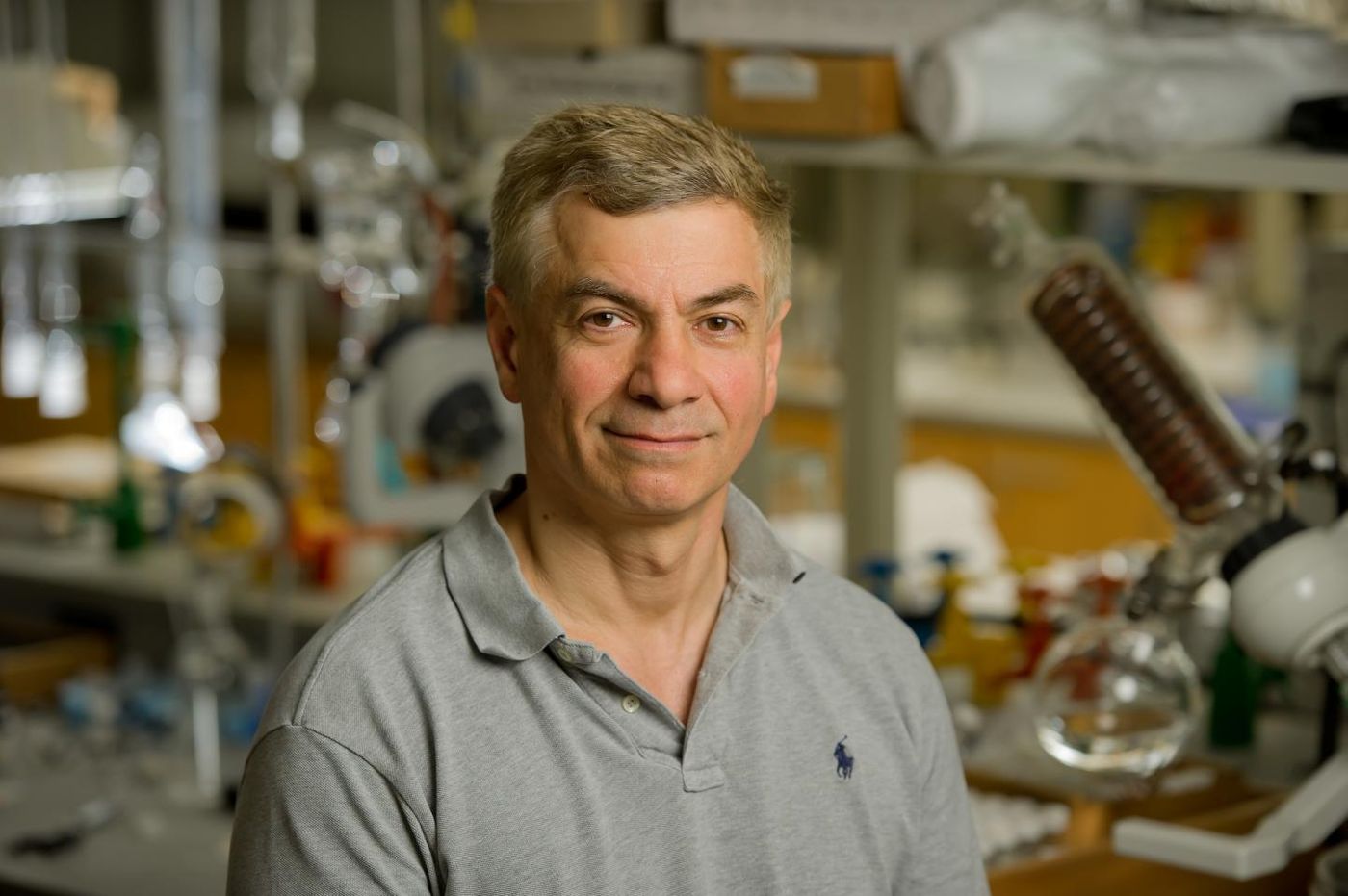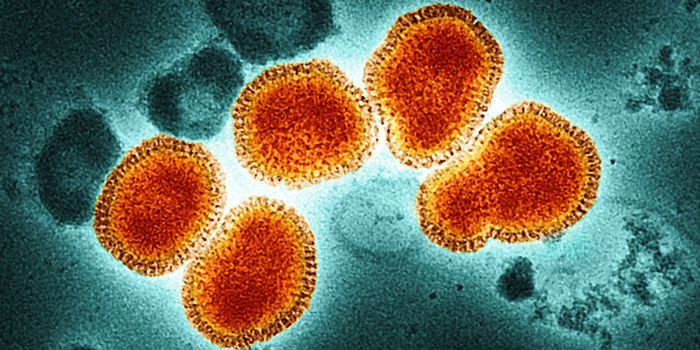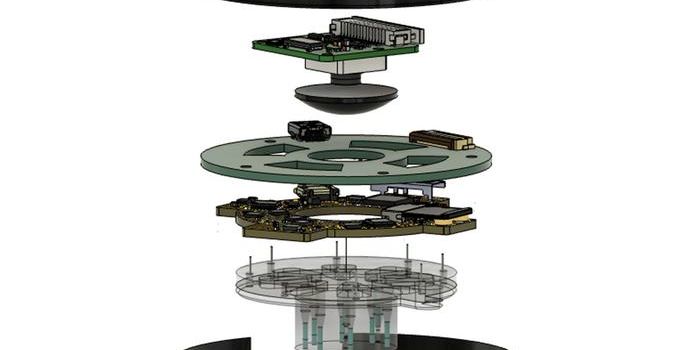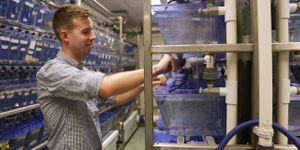Learning how Bacteria Recover After Antibiotic Exposure
Penicillin is a type of beta-lactam antibiotic that has been in use since 1942. When bacteria are exposed to the drug, it interferes with the integrity of their cell wall. When that wall begins to break down, affected bacteria can’t survive. New work by scientists at the University of Notre Dame has shown that bacteria can use an enzyme, however, to recover from exposure to antibiotics that don’t kill every microbe.
Reporting in the Proceedings of the National Academy of Sciences, scientists focused on a bacterium called Pseudomonas aeruginosa. The cell walls of bacteria are generally placed into two broad categories -- gram-positive and gram-negative. Gram-negative bacteria, like P. aeruginosa, have an outer membrane that can protect them from drugs; many pathogens are gram-negative. P. aeruginosa causes pneumonia and can lead to sepsis.
The microbe uses an enzyme, lytic transglycosylase Slt, to quickly repair its cell wall, that allows the germ to survive and the infection to go on.
"It's a survival strategy," said the lead author of the work, Shahriar Mobashery, Navari Family Professor in Life Sciences at Notre Dame. "The cell wall is the structural entity that encases the entire bacterium, and its health is critical for the survival of the bacteria. If you have a drug that inflicts damage to the cell wall, the bacterium cannot cope with it, and it dies."
P. aeruginosa is among the so-called "nightmare bacteria" that were identified in a survey by the Centers for Disease Control and Prevention. They found a surprising number of strains that harbored unusual resistance genes.
Found in environments all over the world, P. aeruginosa can grow in many conditions. Its cell wall contains cross-linked units, which are disrupted by beta-lactam antibiotics. The Slt enzyme can make repairs where long chains of units are unlinked; it chops the chains and rebuilds the wall. "It's sort of like if you're driving home and get into a fender bender, and by the time you get home, your car is already repaired," explained Mobashery.
Mobashery has investigated antibiotic resistance for decades. P aeruginosa is among the world's most challenging pathogens, in part because of antibiotic resistance. Learn more about it, and how it can impact people with different diseases, from the video.
Mobashery’s team isolated the Slt enzyme and determined how it acts on the cell wall. While both the enzyme and the antibiotic have been known for some time, the idea of them working together is new.
Sources: AAAS/Eurekalert! Via University of Notre Dame, PNAS









